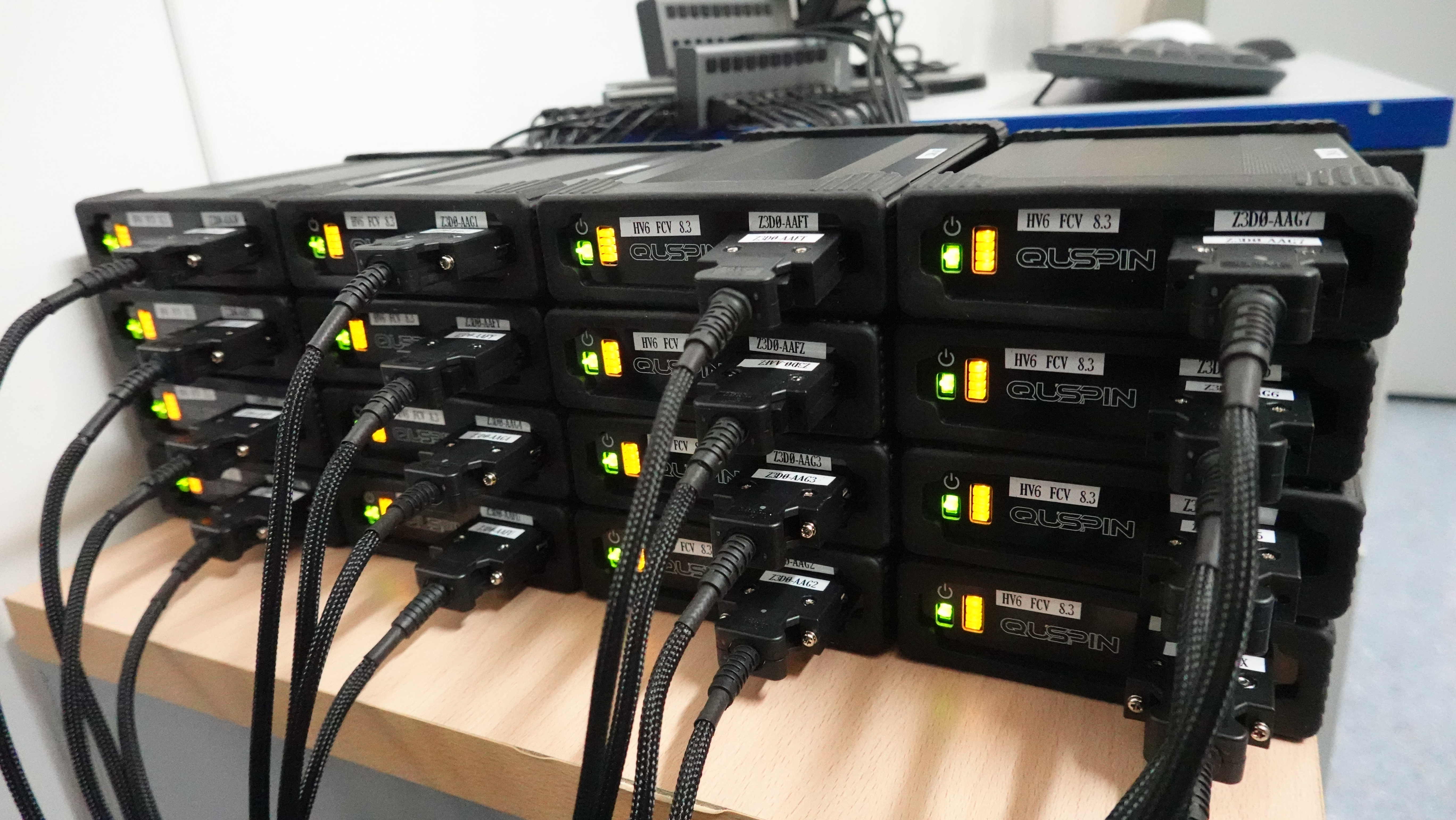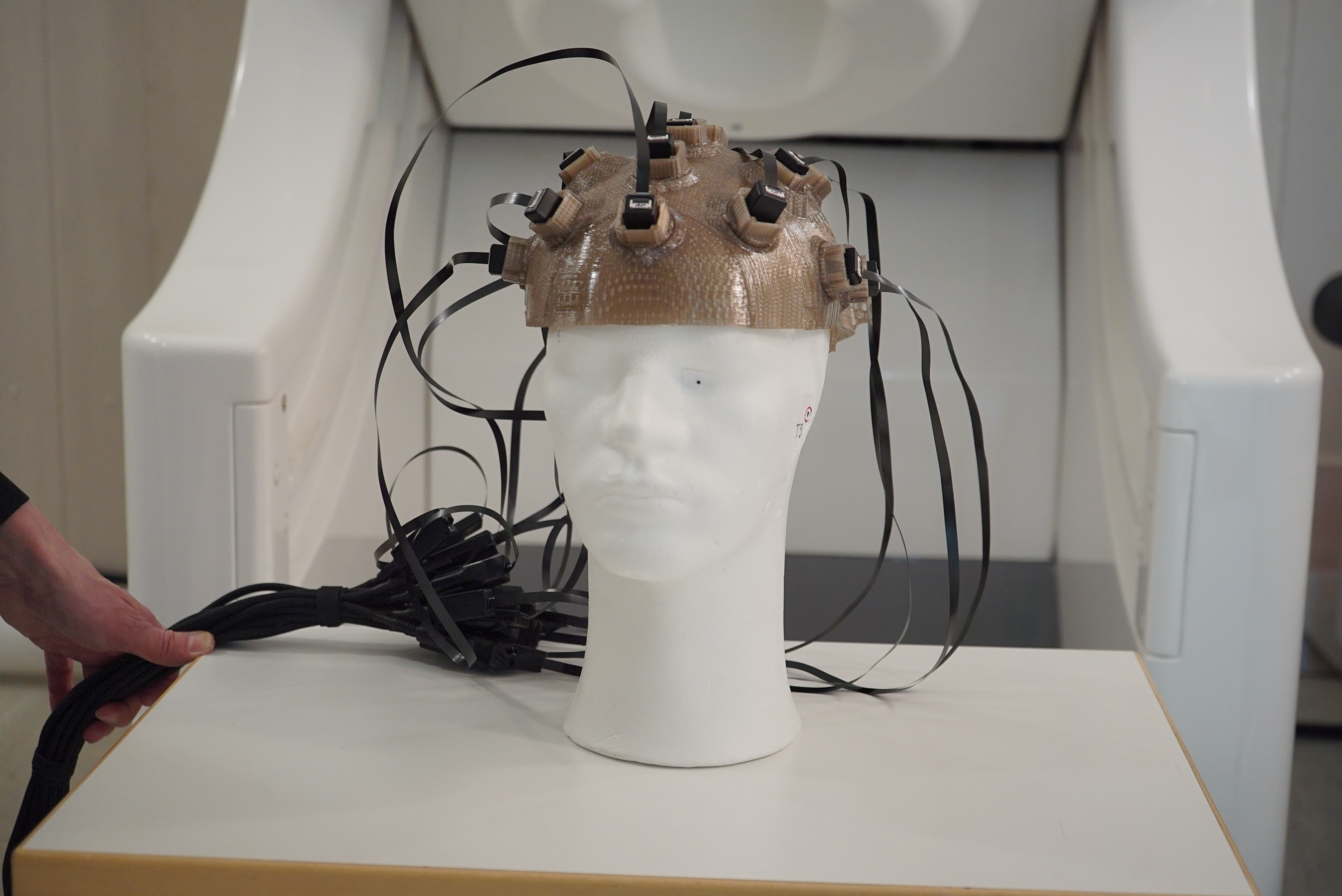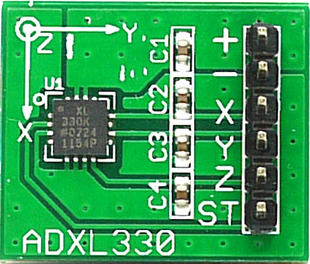Equipment
 |
Magnetoencephalography (MEG)The core system at the MEG Center is the 306-channel magnetoencephalograph ‘Neuromag Vector View’ (Elekta Oy, Finland). Manuals: |
 |
Magnetically Shielded RoomThe MEG system is located inside a two-layer magnetically shielded room "Ak3B" (Vacuum-schmelze GmbH, Germany), which suppresses external magnetic fields and makes possible registration of the tiny electromagnetic fields of the brain. |
 |
Electroencephalography (EEG)
We have several systems for EEG registration, which allow you to choose the optimal solution depending on the experimental task. Purchased in 2021 MEG-compatible EEG system "NVX-136" (Medical Computer Systems (MCS)) allows to register up to 128 channels (up to 256 channels with the expansion kit). EEG registration is possible both separately and synchronously with the MEG. The autonomous 32-channel "ActiCHamp" system for recording EEG, ECG and EMG (Brain Products GmbH, Germany) is equipped with active electrodes, which allow to significantly reduce the noise level. The "ActiCHamp" system allows registration of the EEG separately and synchronously with the MEG. Electroencephalograph and hardware-software complex "Neocortex-Pro" (Neurobotics, Russia) allow to register and analyze EEG. |

 |
Optically Pumped Magnetometers16 compact optically pumped magnetometers (OPM) QZFM Gen-3.0 (Quspin, США, 2021 г) were purchased for the MEG-center in 2021.
The high–temperature portable quantum OPM is a unique technology for non-invasive study of the human brain that has appeared in recent years and is rapidly gaining popularity in the world. OPMs don't require helium cooling and can be mounted directly on the participant's head. This makes it possible to achieve a particularly high accuracy in the localization of the active areas of the brain and creates prospects for the portable magnetoencephalography devices. |
 |
Eye Tracker «EyeLink 1000 plus»To monitor direction of the gaze, and to record saccades, fixations, and changes in pupil size, we use EyeLink-1000 plus eyetracker (SR Research Ltd., Canada). The system makes it possible to conduct oculomotor behavior studies separatly or simultaneously with MEG recording. |
 |
Visual StimulationThe PROPIxx Lite projector (VPixx Technologies Inc., Canada) features a high frame rate (up to 1440 Hz in Grayscale mode and up to 500 Hz in RGB mode), which allows you to: For studies that don't require high frequency visual stimuli we use the projector «Panasonic PT-D7700E-K». |
 |
Audio StimulationTo apply auditory stimuli we use MEG-compatible audio system "NeuroScan STIM" (Compumedics, USA). |
 |
Electro StimulationFor electric stimulation of the median nerve, we use two electric stimulators «Digitimer DS7A». |
Tactile StimulationFor tactile stimulation, we use fiber-optic devices developed at the MEG-center. | |
 |
CapnographHyperventilation is a convenient model for studying excitatory-inhibitory balance parameters, which is important in research on ASD and other neuropsychiatric disorders. During hyperventilation, a decrease in the CO₂-content on exhalation corresponds to an increase in the CO₂-concentration in the blood (alkalosis). Since the effect of alkalosis is non-linear, the COCO₂-content on exhalation should be controlled during the experiment. For these purposes we have the capnograph (BIOPAC Systems Inc., USA). |
 |
3D PrinterFor studies with high-temperature optically pumped magnetometers, it is necessary to manufacture individual helmets and other accessories. The MEG-center is equipped with Maestro Grand 2 FDM 3D printer (Show Design LLC, Russia), which provides work with a wide range of materials. Two extruders allow to print models of complex configuration.
|
 |
Helium Recycling SystemThe functioning of the superconductive MEG sensors (‘squeeds’) requires cooling them to a temperature close to the absolute zero. Therefore, the sensors are placed in liquid helium. The helium recycling system "ATL160" of Quantum Design company (USA) liquefies the evaporating gas and provides for its re-use, which significantly reduces expenses for maintaining the system in a working state. |
 |
Registration of Motor ResponsesTo register motor responses, we use the system "932 fORP" (Current Designs, USA) , which includes two four-button consoles and a trackball. We also use various fiber-optic devices developed by the specialists of the Center for specfic experiments. |
 |
Movement RegistrationTo record subject’s movements, we use three-axis accelerometers "iMEMS ADXL330" (Analog Devices, USA). |
TriggersTo synchronise stimulation events and subject’s responses with the MEG data, we use two 16-channel analog-digital receivers. | |
 |
Biological FeedbackThe communication system «Бослаб БИ-012» allows to conduct experiments, psychophysiological diagnostics, and various kinds of trainings based on biological feedback. The principle of biological feedback is widely used for correction of many disorders of the central nervous system. |


|
SoftwareTo biuld stimulation schemes and to register stimulation marks and subject’s responses, we use the commercial Presentation software (Neurobehavioral Systems, USA), as well as free software created within the Python environment (PsychoPy, Anaconda). |
The MEG-center is also equipped with technical tools for preparation of experiments, as well as with diagnostic equipment (e.g. WaveAce 222 oscilloscope (LeCroy, USA), signal generator AKIP-3402 (Prist, Russia), a soldering station etc.).
